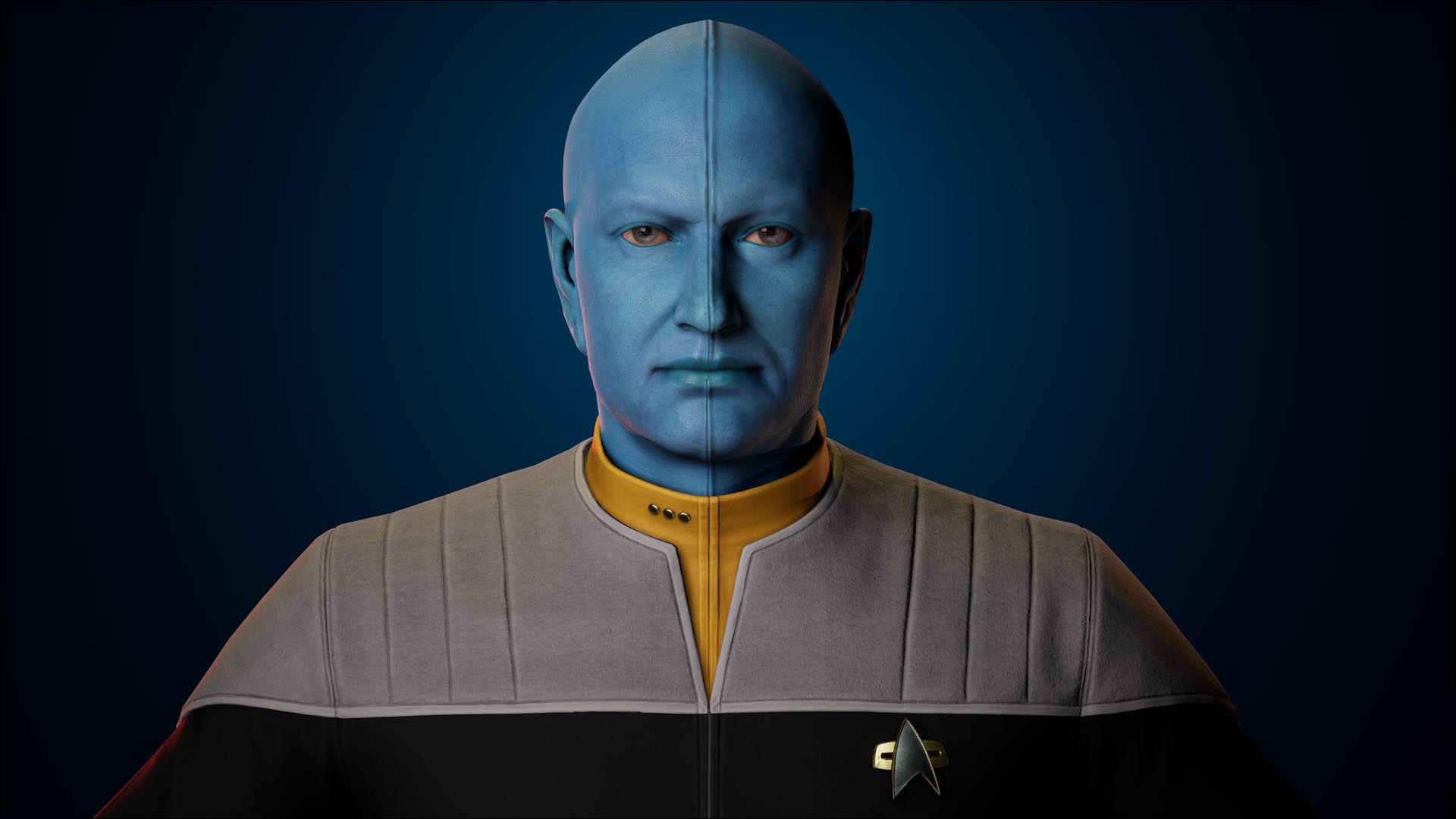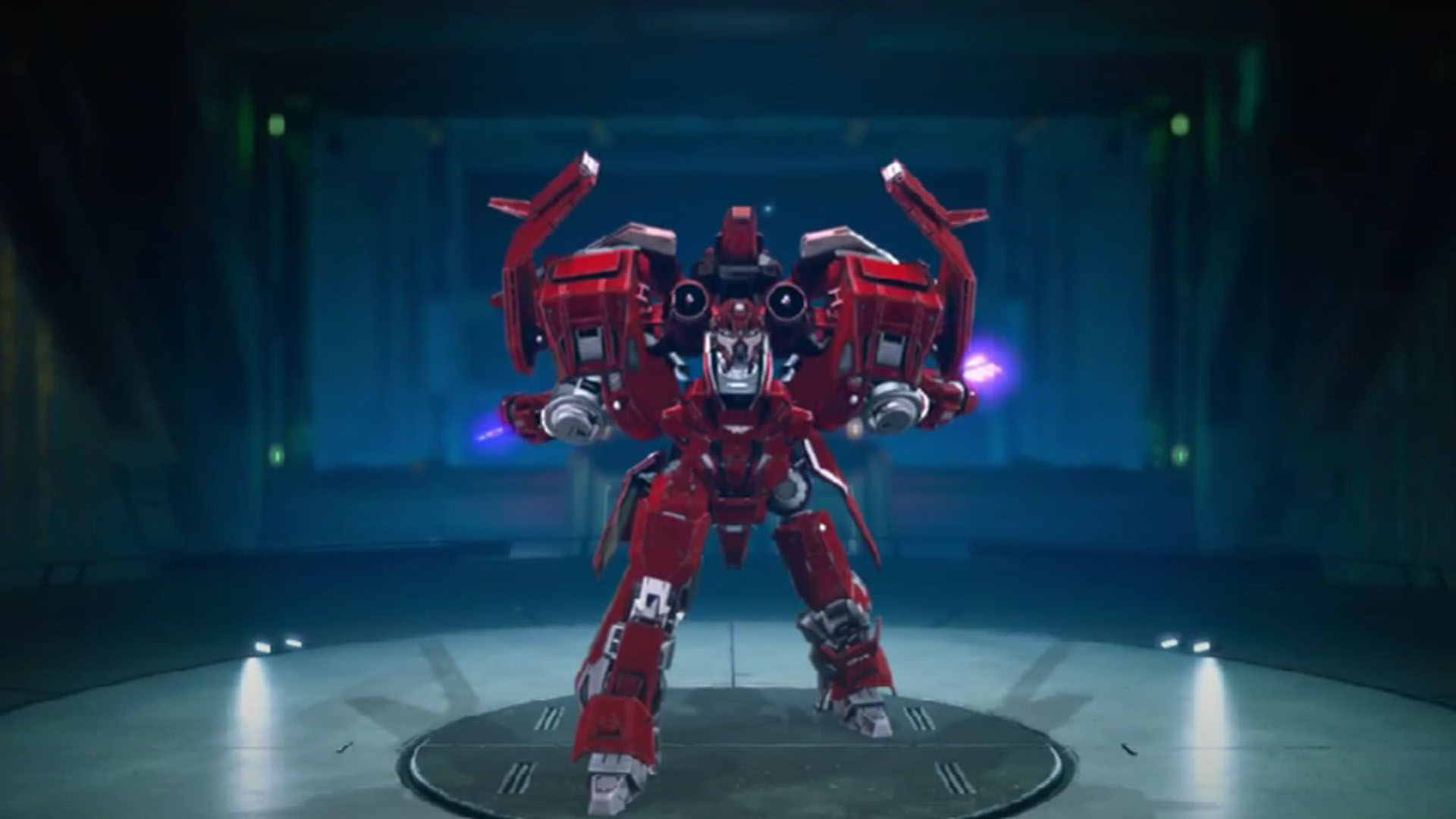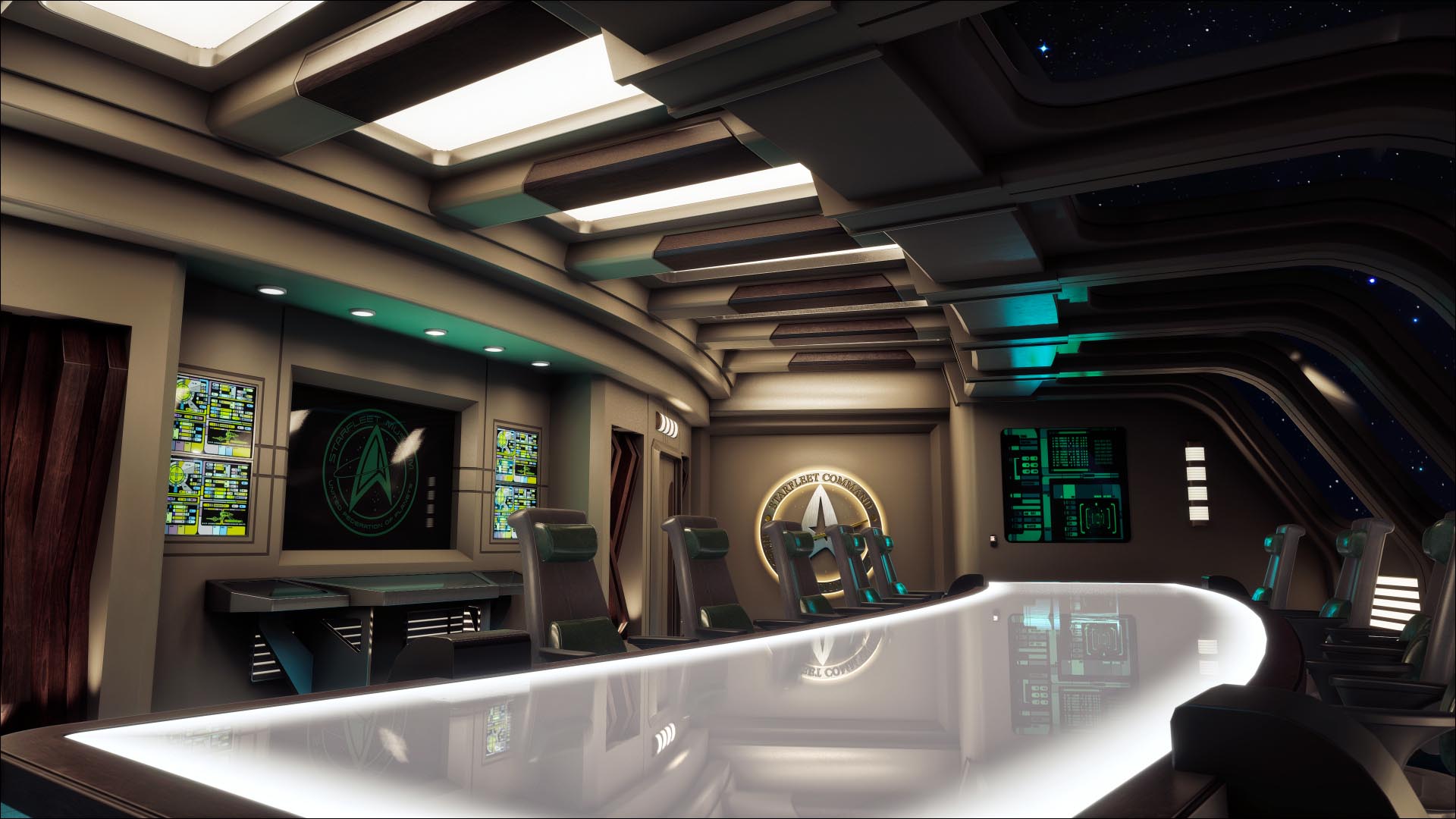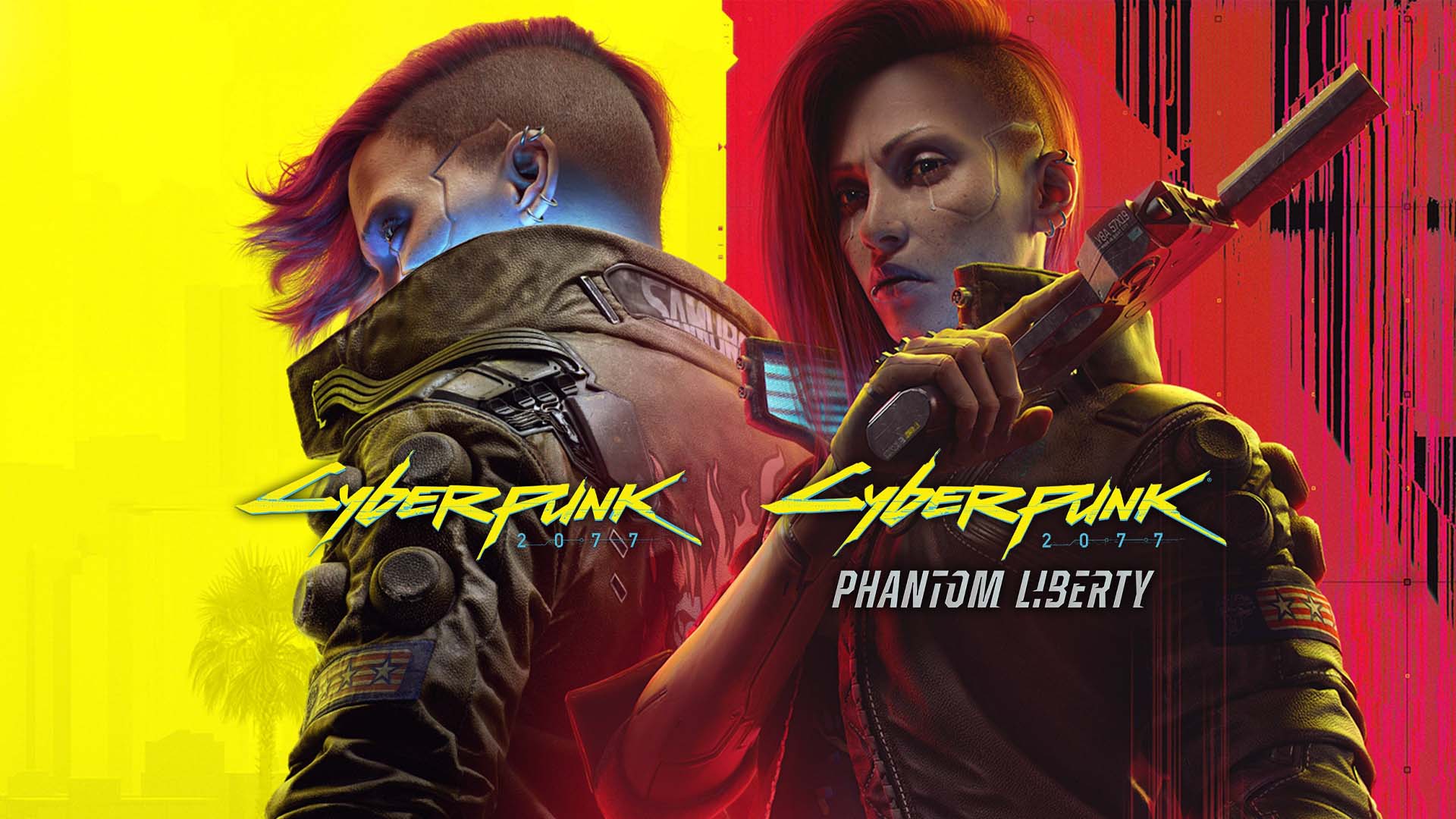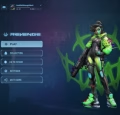VFX software and VFX tools are almost like household names to those in any connected industry. Names like Substance Designer, Blender, Houdini, and Photoshop are mentioned, used, and discussed daily. But the VFX industry isn’t stagnant, quite the opposite! We discussed the new, evolving, and emerging tools in the VFX industry with a few of the stellar VFX artists and VFX Leads at Magic Media who help to provide our gold standard in VFX services.
What are some of the new and most used tools in the Game VFX industry?
There are some new tools but for the most part, we’re seeing new pieces of software in existing tools and engines.
Some examples of the latter are the tools now often used from Unreal Engine. Unreal Niagara Fluids and Unreal Chaos Destruction are two newer tools that have entered our toolset. Familiar but offering some new and exciting features, these tools are pieces that we are investigating and exploring daily. We’ll regularly conduct tests and grow our portfolio by playing around with these two, seeing what we can achieve in different genres of gaming.
Two new, and connected, tools that are growing in use are EmberGen and Liquidgen. They’re a part of the growing elemental suite offered by JangaFX. EmberGen is probably the better known of the new, having a bit more time and popularity in the VFX world. It’s a specialized tool that allows real-time iteration. Its name hints a bit at what it’s for, mainly fire and explosions but energy and magical effects are well within its capacity. It isn’t limited to realistic effects either, it can handily take on stylized art. LiquiGen, as you’d imagine, is one of the best real-time liquid simulators. People often assume it’s all water and maybe blood but liquid simulations cover literally any liquid. Their own description includes stuff like ketchup and slime!
Why are these new tools becoming popular? And why these tools and not other VFX tools?
There are a lot of options but people will always flock to the familiar, the high-quality, and the efficient. Either time or ease-of-use, people love things that are efficient.
For tools like EmberGen, LiquiGen, Unreal Niagara, and Unreal Chaos Destruction, they are just high-quality and intuitive. They push out high-quality textures, simulations, and whatever you need that they offer in good time and allow for fast iterations. These tools are specified for purpose meaning reduced wait times, no bloating of other features, and allow real-time adjustments and previews which encourage creative efficiency. But they don’t fall behind the popular, existing tools in quality. These tools are entering the world of AAA games and modern filmmaking, the results are identical and sometimes better than the original tools.
As mentioned, they’re easy to use, intuitive, and accessible. Even for those new or inexperienced with complex simulations, these are not too scary to approach. And lastly, because these tools are specifically designed for a single element and are far newer, the licenses are far more approachable for the average VFX artist. In some cases, there are free versions for personal use.
So, if it’s a fair question to ask, which is better? Houdini or EmberGen?
It’s not really a question of which is better. You can’t compare them. It’s very much a personal preference based on your circumstances but there are some differences we can point out.
Houdini is a massive tool, used by the entire VFX industry for both games and films. It has internal tools as well that cover elements it used to lack in. Houdini is as comprehensive a tool as you can get. However, that does also mean it is complex and slower in its execution of tasks. Regardless, it can do literally anything you might need. Hair, liquids and fluids, breaking or shattering of objects, animation, rigging, effects, it’s a giant, expensive engine. Houdini is such a vast tool, you can use it to create your own tools for another engine.
EmberGen sort of fills the gap of speed. It’s a quick and efficient tool for incredible fire and smoke simulations and FX, it has an easy to learn “node system” which Houdini doesn’t. And the same goes for LiquiGen. They focus on one kind of effect which means it’s faster and has a relatively inexpensive license. Truly, you cannot directly compare something like Houdini with any of these individual, specialized tools. We’re going to see a very interesting coexistence of these tools as they update and evolve alongside one another in a sort of
It all depends on your needs and your circumstances! And the Magic Media art team and Magic Media VFX team can advise on both, as well as provide you with experts if they’re needed.
If you enjoyed this blog and would like to discuss leveraging our VFX expertize for your game, film, or TV show, please get in touch! We have a plethora of services from full-cycle game development to art production and game trailers. Get in touch today and let’s create magic.

